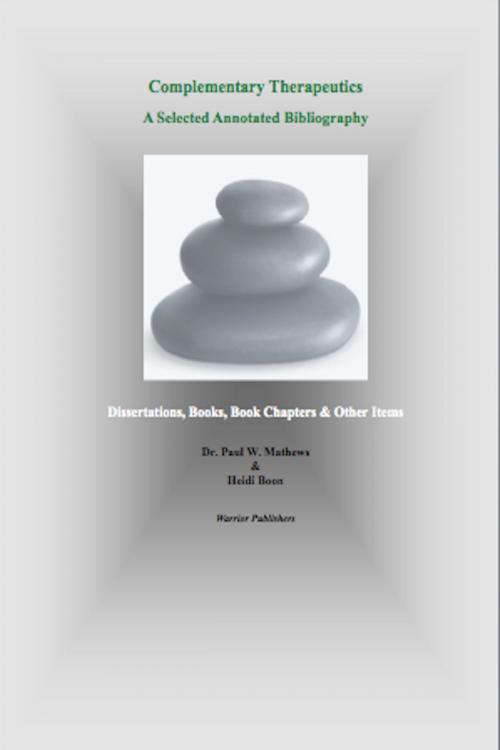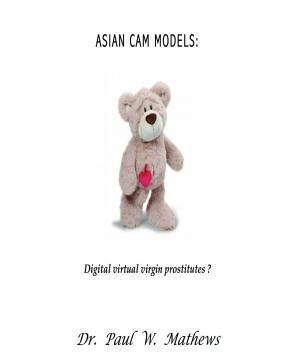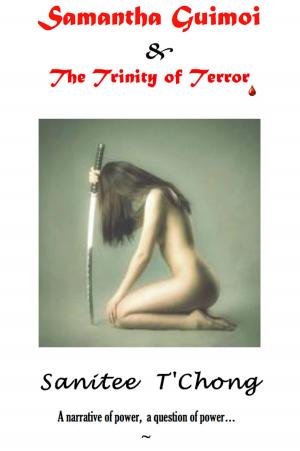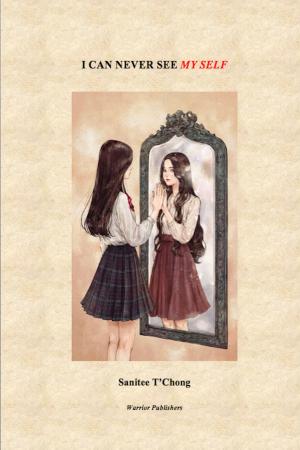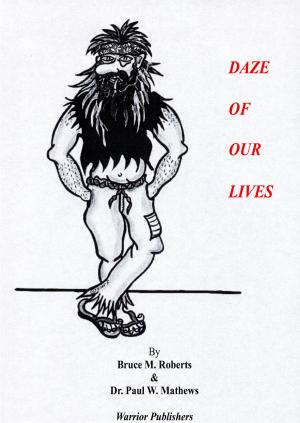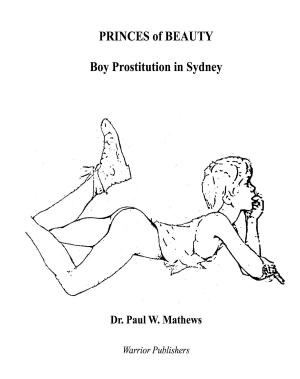Complementary Therapeutics. A Selected Annotated Bibliography
Nonfiction, Reference & Language, Reference, Catalogues & Directories, Health & Well Being, Health, Alternative & Holistic Health, Alternative Therapies| Author: | Paul Mathews, Heidi Boon | ISBN: | 9781311871466 |
| Publisher: | Warrior Publishers | Publication: | December 21, 2015 |
| Imprint: | Smashwords Edition | Language: | English |
| Author: | Paul Mathews, Heidi Boon |
| ISBN: | 9781311871466 |
| Publisher: | Warrior Publishers |
| Publication: | December 21, 2015 |
| Imprint: | Smashwords Edition |
| Language: | English |
Complementary therapeutics have proliferated in much of the Western world since the 1970s. This book treats "alternative" therapies both as a spearhead and as a reflection of widespread changes in attitudes—and of resistance to such changes, which has not infrequently been crammed with blasts against "quacks". Indeed, it was commonly insisted that these "illiterate fungi" were more prevalent than ever; and there were repeated calls for legislative intervention to put down the “hydra” amidst the explosive outrage against what was considered as latter-day witchcraft: the "satanic system of quackery".
Alternative" therapies seem to be a sort of avant-garde for new ideas about health and the body, as well as symptomatic of much wider societal changes. In short, this annotated bibliography, read as a chronology, traces a change in beliefs and attitudes, where the body, health, nature and society have come to mean different things and imply different consequences for both the individual and society—or particular segments of it.
By no means is the book exhaustive, and given the rapid and growing publication of material in this field, it can never be complete. There are still many areas to be explored, not least of which are the gender and ethnic dimensions in complementary therapeutics, the experiences of users to be more thoroughly examined, the relationship between the lay person and the expert, and the tacit and uncodified knowledge of the practitioner, etc. Thus we take this compilation as a starting point, as we hope you will.
While this compilation is not divided according to different therapies and practices, it does attempt to list publications which cover most of the so-called alternative therapeutics. The listings are arranged simply in alphabetical order by author's surname, capped with a comprehensive index.
Complementary therapeutics have proliferated in much of the Western world since the 1970s. This book treats "alternative" therapies both as a spearhead and as a reflection of widespread changes in attitudes—and of resistance to such changes, which has not infrequently been crammed with blasts against "quacks". Indeed, it was commonly insisted that these "illiterate fungi" were more prevalent than ever; and there were repeated calls for legislative intervention to put down the “hydra” amidst the explosive outrage against what was considered as latter-day witchcraft: the "satanic system of quackery".
Alternative" therapies seem to be a sort of avant-garde for new ideas about health and the body, as well as symptomatic of much wider societal changes. In short, this annotated bibliography, read as a chronology, traces a change in beliefs and attitudes, where the body, health, nature and society have come to mean different things and imply different consequences for both the individual and society—or particular segments of it.
By no means is the book exhaustive, and given the rapid and growing publication of material in this field, it can never be complete. There are still many areas to be explored, not least of which are the gender and ethnic dimensions in complementary therapeutics, the experiences of users to be more thoroughly examined, the relationship between the lay person and the expert, and the tacit and uncodified knowledge of the practitioner, etc. Thus we take this compilation as a starting point, as we hope you will.
While this compilation is not divided according to different therapies and practices, it does attempt to list publications which cover most of the so-called alternative therapeutics. The listings are arranged simply in alphabetical order by author's surname, capped with a comprehensive index.
